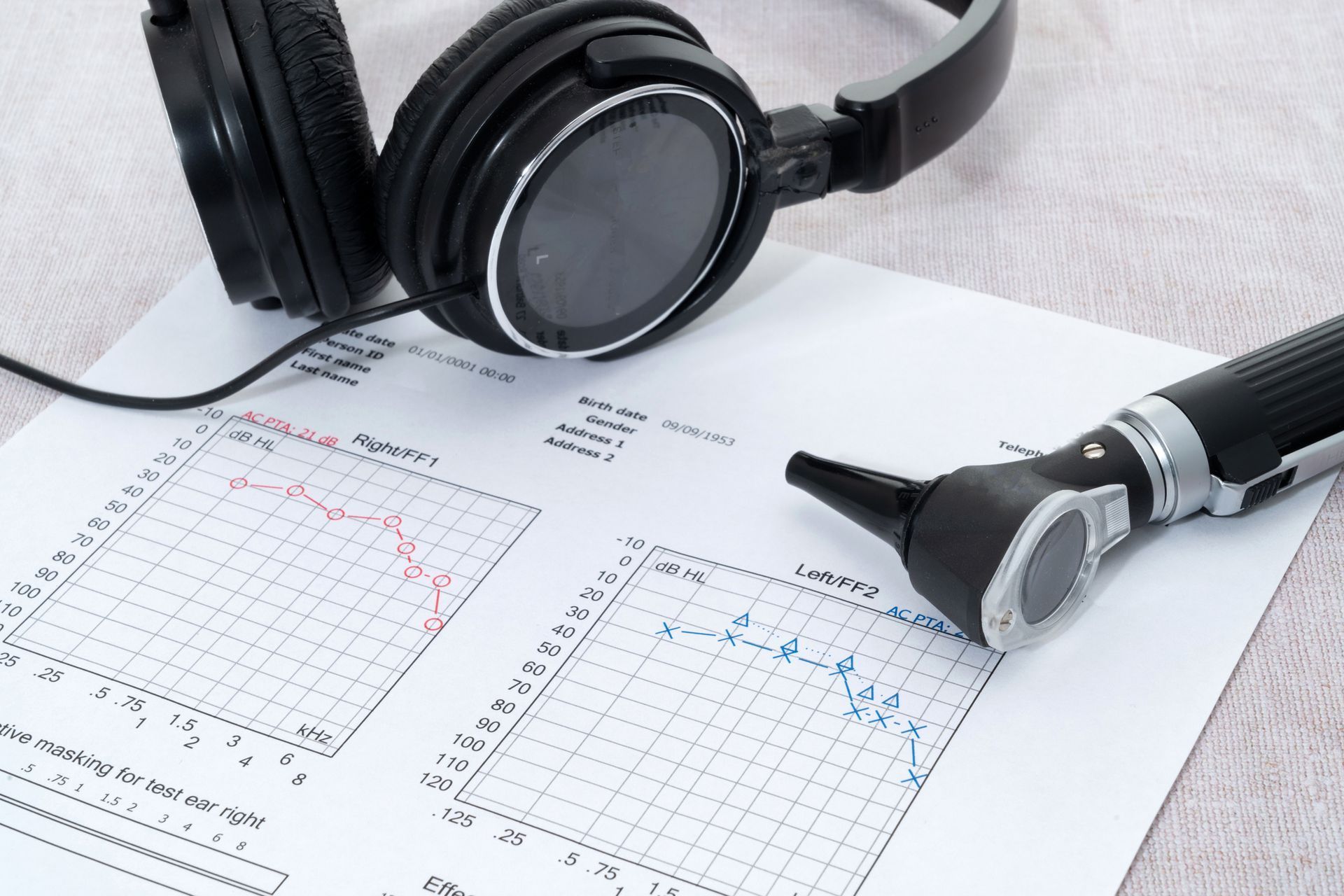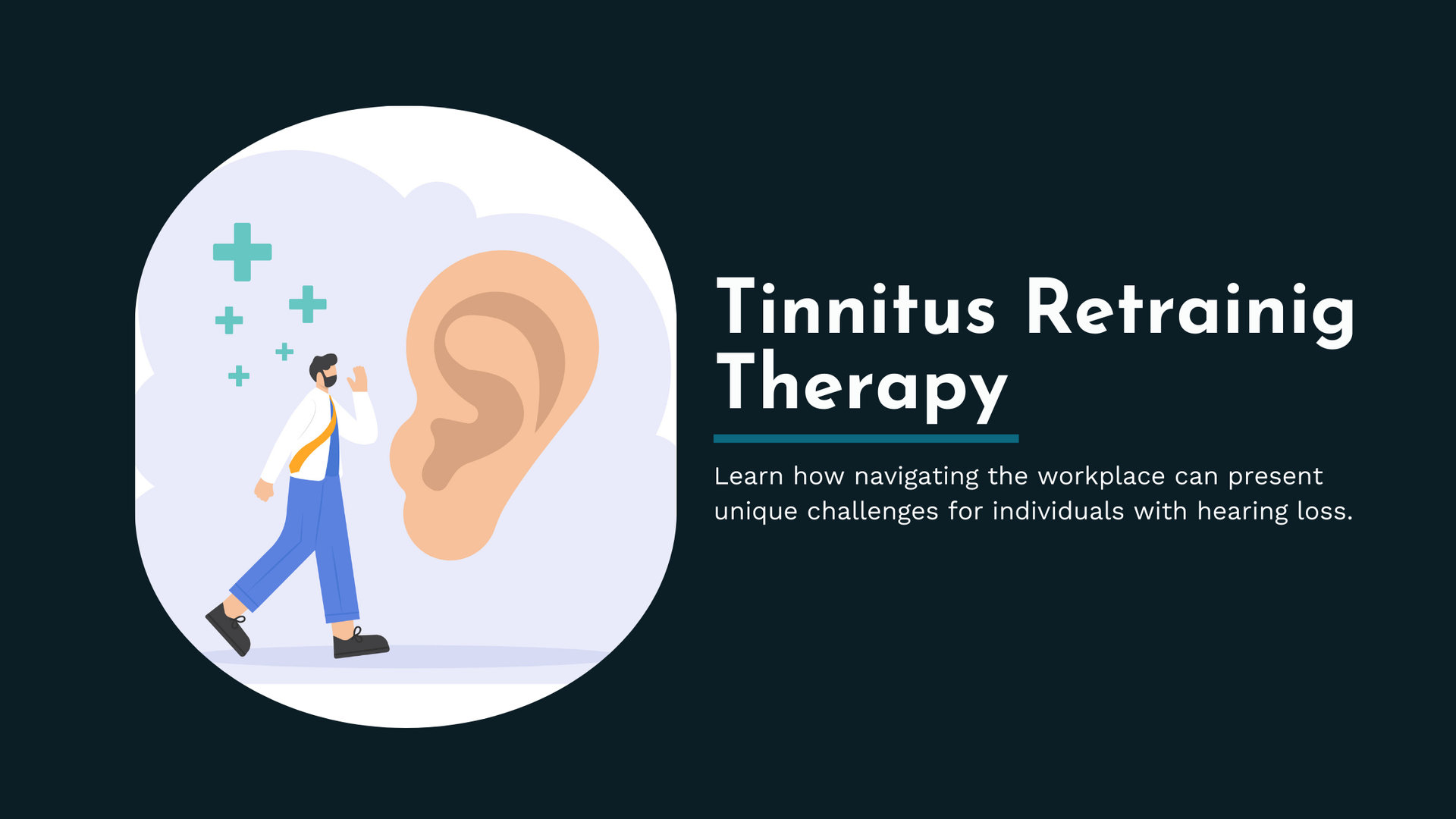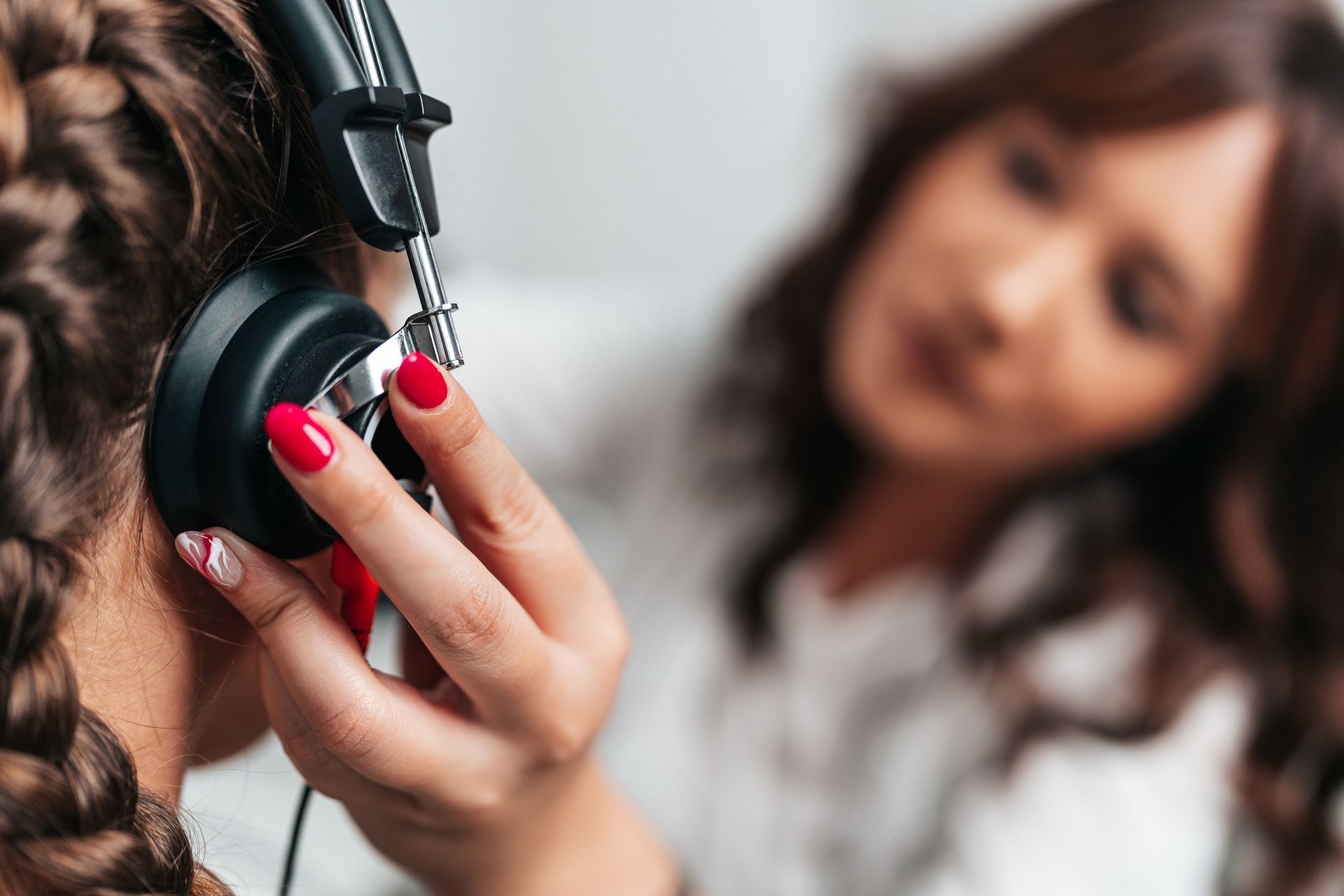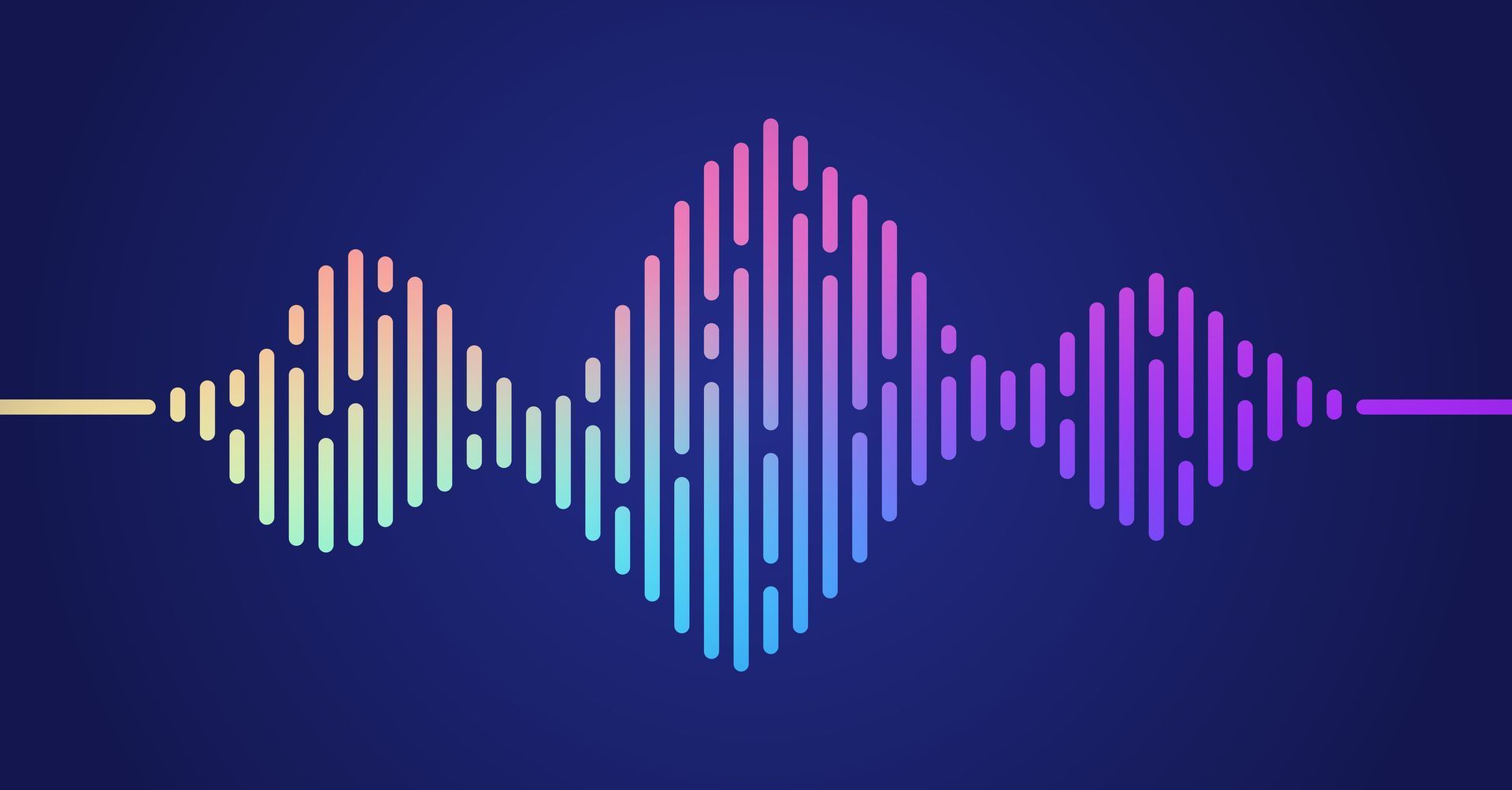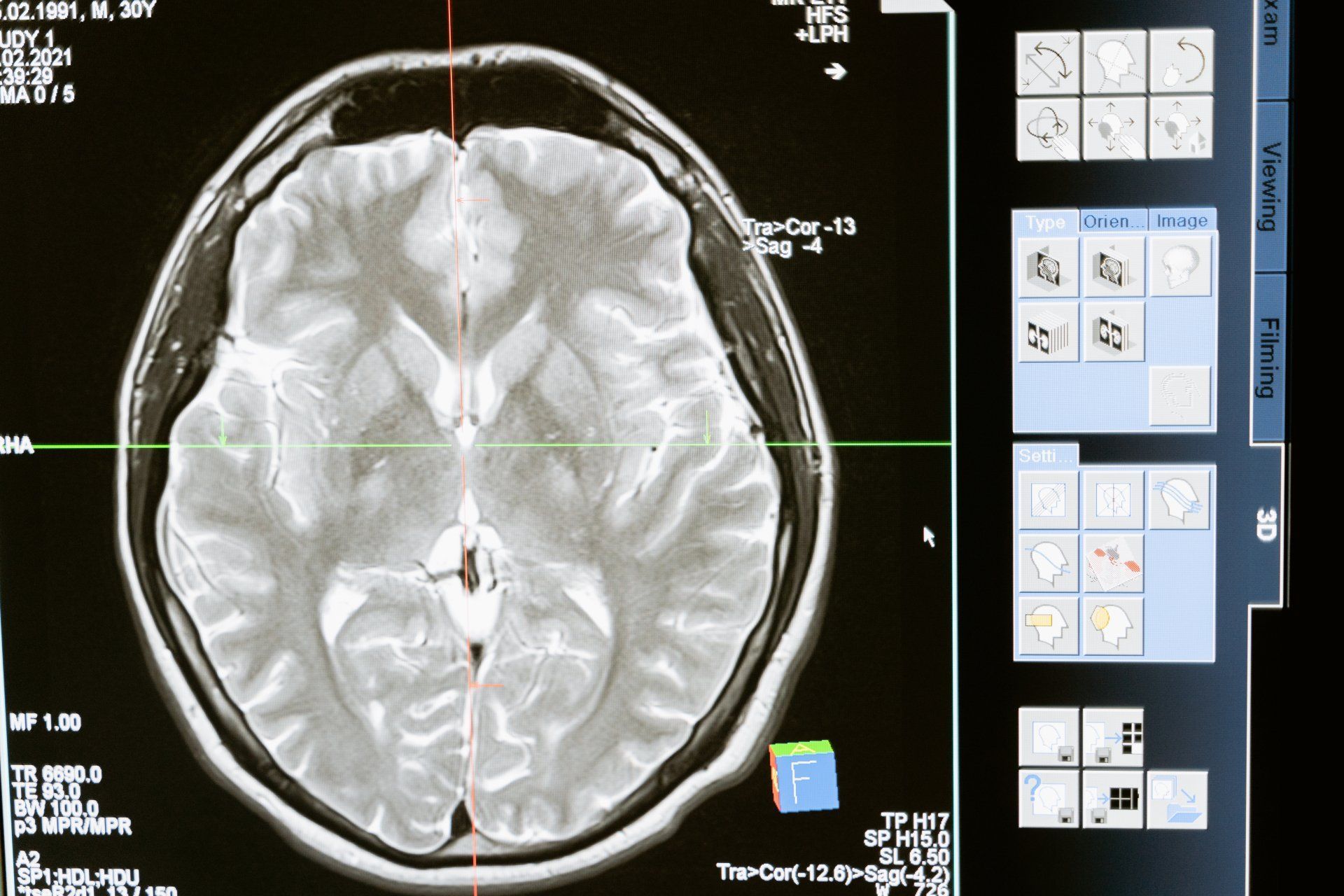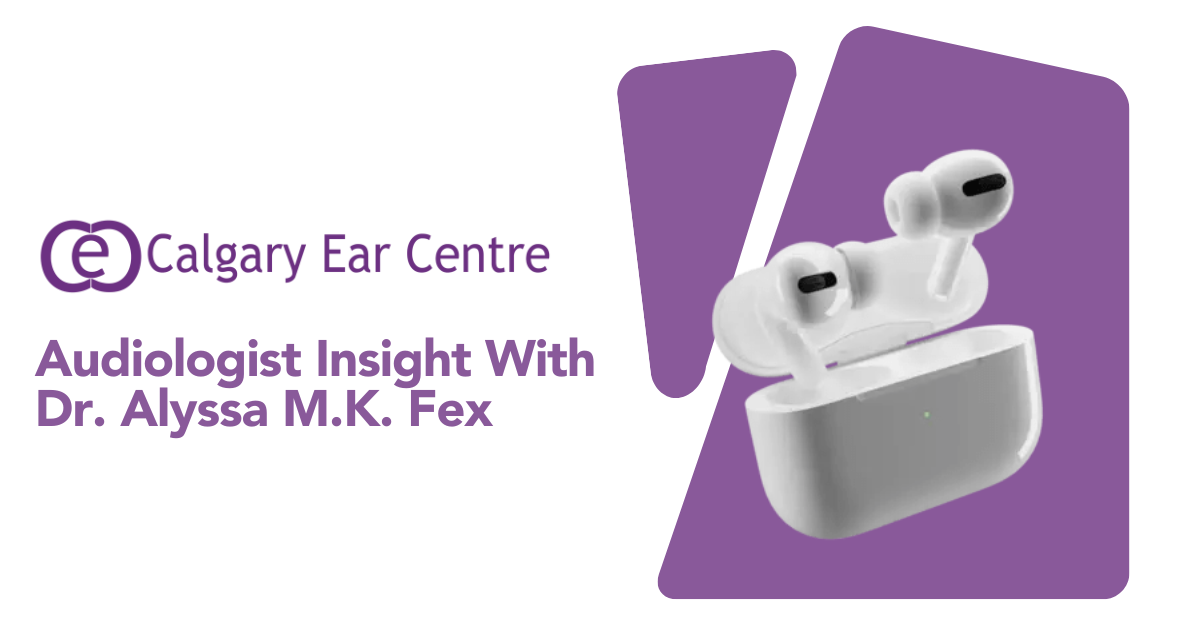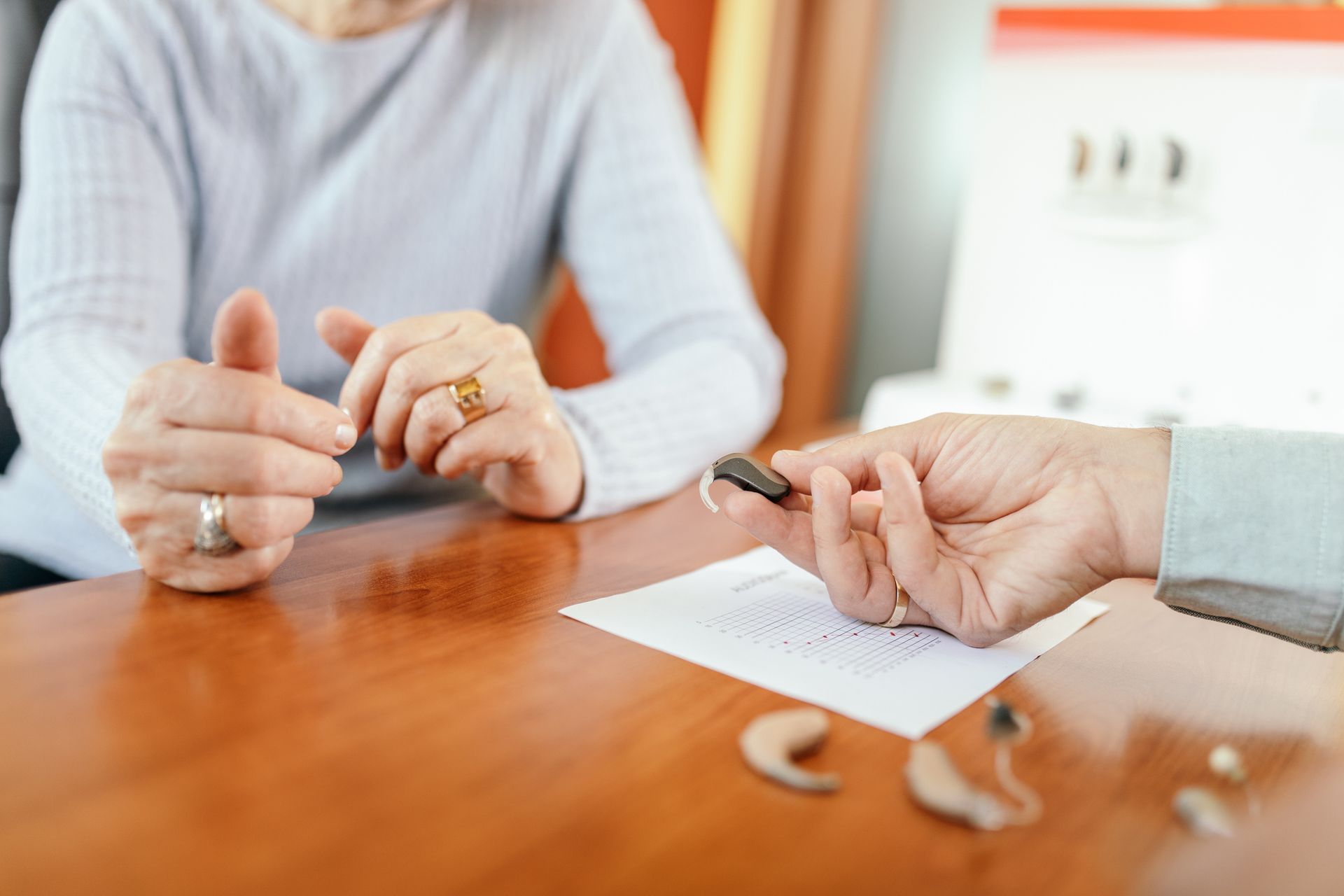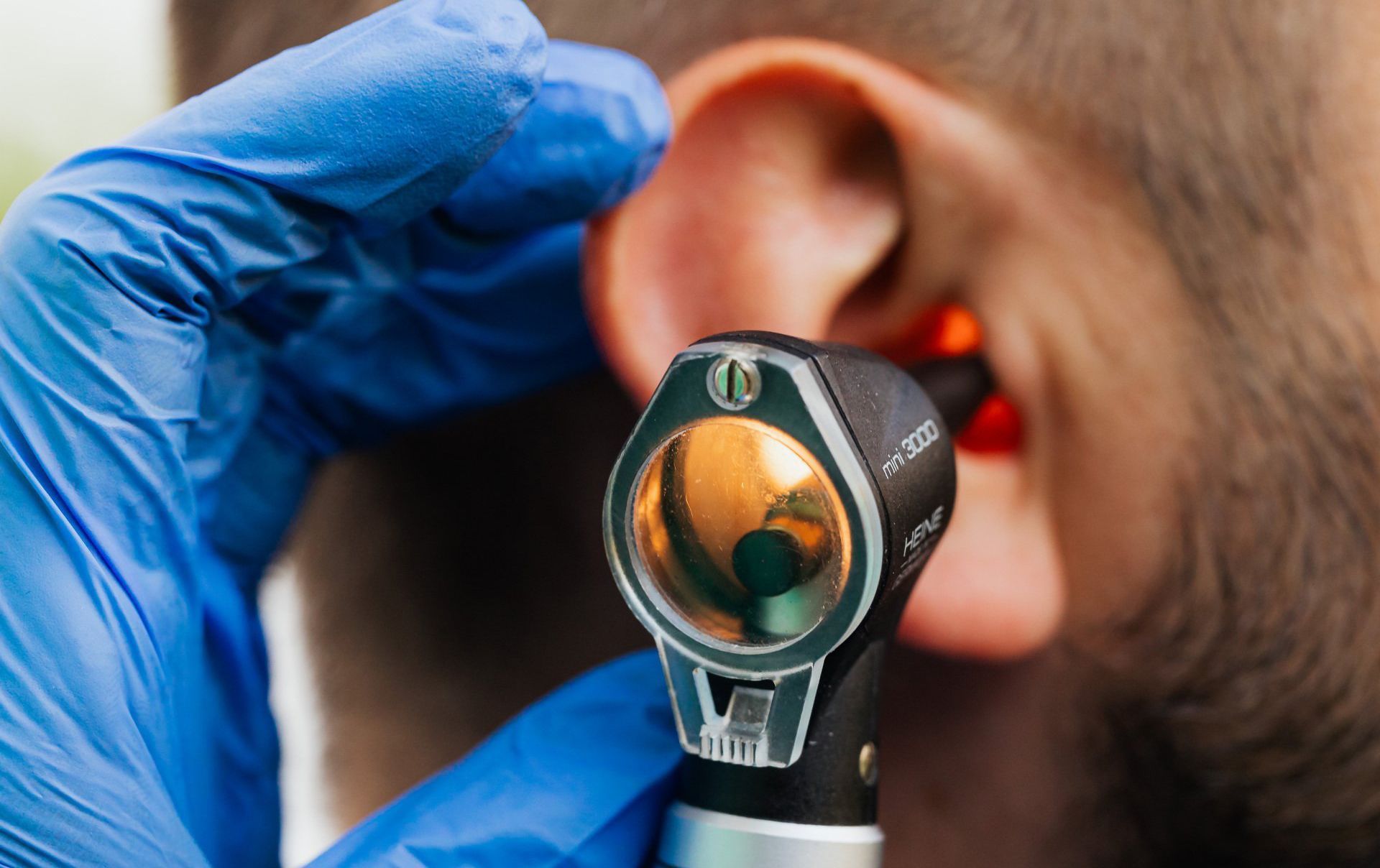How Loud is Too Loud?
Aging and noise exposure are the two most common causes of permanent hearing loss. We all lose our hearing as we age, starting to lose hair cells in our inner ear from the age of 12. The frequencies that are affected are much higher than we need to hear for speech, so we are unaware of these changes (Arvin, 2013). Aging is unavoidable; however, the second most common cause of hearing loss is noise exposure, which is something we can prevent.
Noise exposure at work and recreationally can lead to permanent hearing loss. Hearing loss from aging and noise exposure begins in the high frequencies and affects the clarity of speech, with less effect on the perceived volume. With current scientific research suggesting that uncorrected hearing loss is associated with cognitive decline and dementia (Burry, 2020), protecting our hearing is not only for important for communication, but also crucial for your brain health.
The Alberta Occupational Health and Safety Act regulates noise levels that employers must follow to keep their workers’ safe from damage to their ears. Sound levels are measured in decibels (dB). There are different dB scales used for different purposes, but for the sake of simplicity, we will refer to sound levels here only as ‘dB’. Employers in Alberta are required to monitor noise levels in work areas and if levels exceed 85 dB, workers are required to wear hearing protection and have their hearing monitored regularly. As an aside, every 3dB increase in volume results in a doubling of the sound pressure against the eardrum, meaning the safe exposure time for workers is cut in half. For example, a worker who is in a noisy environment of 85dB can work safely for eight hours, while a worker working around 88dB is only safe in that environment for four hours. I recall a medic who transported patients by helicopter asking me if the hundreds of thousands of dollars spent on a new ‘quieter’ helicopter whose internal noise was reduced by only 3dB was worth the money spent. The answer - absolutely! While 3dB to the average person might seem like a small number, dB scales are logarithmic, meaning that small numeric changes represent large functional changes. In this case, the reduction of 3dB allowed air ambulance personnel to double their safe exposure time in the helicopter without compromising their hearing.
Hearing protection tools such as foam inserts, custom earplugs, or earmuffs, are given a noise reduction rating (NRR). The challenge here is that the rating given on the packaging is determined under ideal laboratory conditions. In real life, insertion, and re-insertion of foam plugs throughout the day, perhaps with unclean hands and sometimes in a rush, may only be providing half the noise reduction than what is indicated on the package. Even a slight gap between the earplug and the wall of the ear canal can reduce the effectiveness of the protection significantly. In addition, taking off the hearing protection throughout the day, even for brief periods, significantly reduces the overall protection when averaged over the worker’s shift. For example, even if a worker wears his hearing protection for 80% of his shift, the overall hearing protection of an earplug that is rated to have 33dB of protection will effectively be reduced to only 7dB of protection, which is likely inadequate (IHSA, n.d.). The combination of less than ideal insertion of foam plugs and wearing of these plugs less than 100 % of the worker’s shift can result in negligible hearing protection overall. To get the full benefit of hearing protection, it must be worn 100 % of the time and inserted properly.
One final piece of information: if you have a hearing loss, it is difficult to judge how loud is ‘too loud’. Those with noise induced hearing loss often tolerate louder sounds than someone with normal hearing, and for that reason, may feel that hearing protection is not necessary. It is not recommended to rely on your own perception of noise volume. Ensure that noise levels are taken in your workplace, and that hearing protection is worn when indicated. Hearing loss from noise exposure is permanent, and it not only affects interactions with your friends and family, but also impacts your brain health. While hearing loss from aging is a fact of life, hearing loss from noise exposure is 100 % preventable. Protect your hearing.
References
Arvin, B., Prepageran, N., Raman, R. High frequency presbycusis -Is there an earlier onset? Indian J Otolaryngol Head Neck Surg, 65 (Suppl 3), 480-4. https://www.ncbi.nlm.nih.gov/pmc/articles/PMC3889367/
Behar, A. (2014). The (in)famous NRR -New derating. Canadian Audiologist, 1 (4) .
Burry, M. (2020, December 22). Understanding auditory deprivation: Why untreated hearing loss is bad for your brain. Healthy Hearing. https://www.healthyhearing.com/report/46306
Infrastructure Health and Safety Association (IHSA) (n.d). Don’t let noise steal your hearing. [Pamphlet] Vol 12 , (1). https://www.ihsa.ca/pdfs/magazine/volume_12_Issue_1/hearing_protection.pdf
Recent Posts
